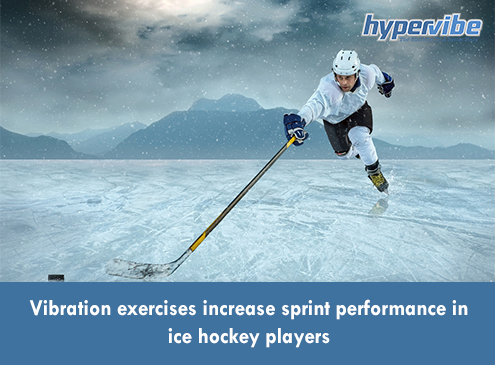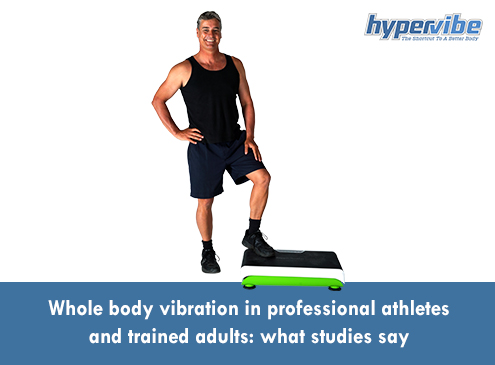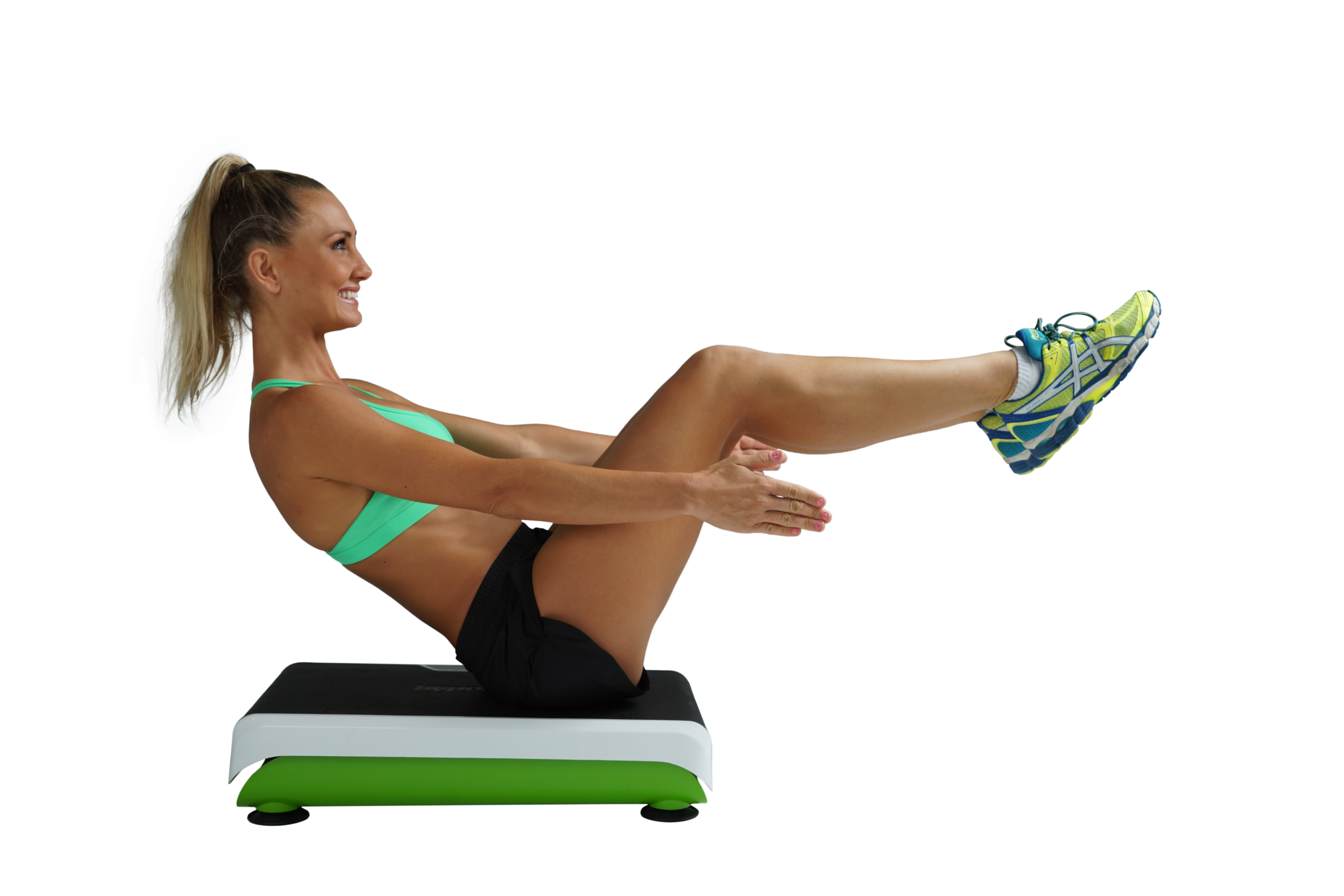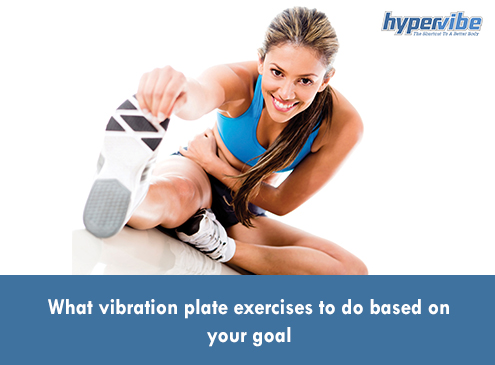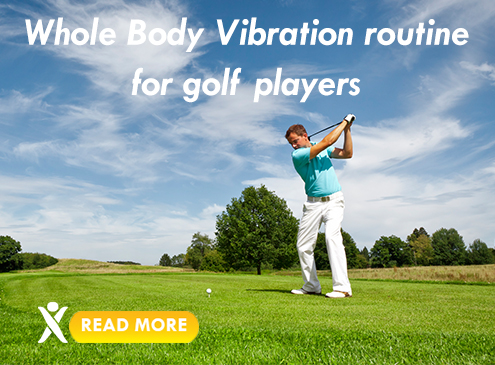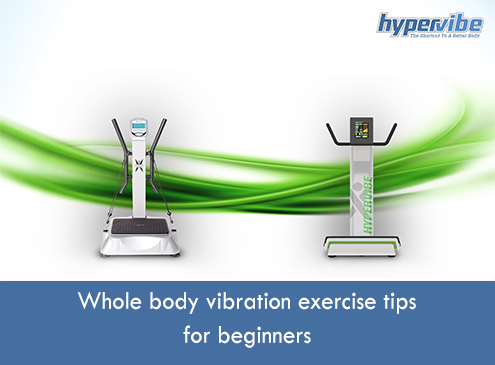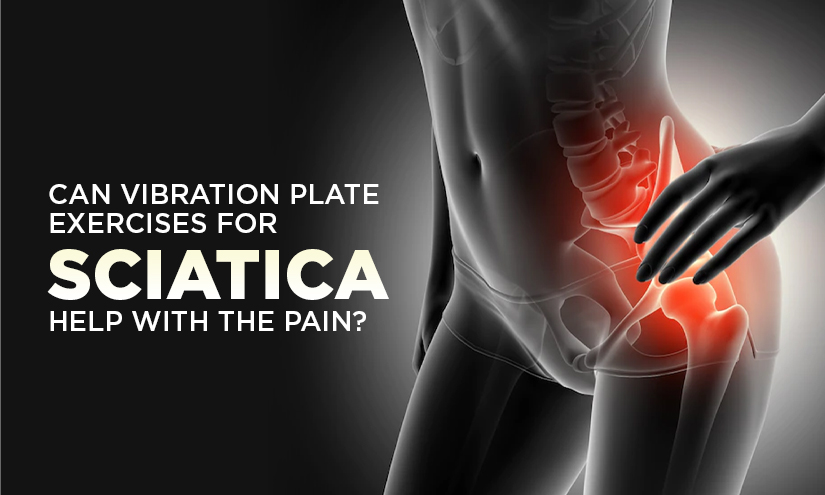Post-activation potentiation (PAP) is a training method used by athletes for improving performance, and consists in using intense exercise as preconditioning before the actual game or competition.
In some cases, the same type of exercise is used for preconditioning; for example, if an athlete wants to improve his squatting ability, he may first perform a quick set of squats with a heavier load, then do the actual exercises. Given that the preconditioning is done with heavy weights, afterwards the athlete perceives the exercise as less challenging or difficult and is able to perform better.
However, it’s not always necessary to do the same exercises. PAP is effective even when an athlete uses different movements during the preconditioning phase, as long as he targets the muscles that will be used during the competition. So if an athlete wants to strengthen his quadriceps muscles, he can do squats as described in the previous example, or another set of exercises that target the same muscle group. But in this particular situation, doing exercises for the upper body won’t be of much help.
Existing research suggests that the athlete’s strength and fitness level, as well as the duration of the rest period between the PAP exercise and the competition can influence the efficiency of this training method.
In PAP, muscular performance is enhanced as a result of previous muscle contractions, so it’s not that important what type of exercise you perform, as long as you target the right group of muscles. To actually see an increase in power performance post activation, you should rest for 3-10 minutes; a rest period shorter than 3 minutes can cause muscle fatigue, while a rest period longer than 10 minutes can dissipate the performance factor.
An interesting aspect is that trained athletes usually benefit more from this technique than untrained athletes, and multiple sets of prior contractions lead to better results than single sets. Also, moderately-intense preconditioning exercises are more efficient than heavy ones.
Whole body vibration as preconditioning exercise in ice hockey players
Knowing that whole body vibration causes the muscles to contract and to work as hard as they do during regular strength training, Norwegian researchers wanted to see if adding WBV to preconditioning can increase the sprint performance in ice-hockey players.
The study conducted by these scientists involved 15 male ice-hockey players, who performed body-loaded half-squats plus whole body vibration prior to 20-m on-ice sprints. Each test session included 30 seconds of half-squat exercise, two test sessions being supplemented with vibration training at 50 Hz and 3 mm amplitude, while 2 sets were done without additional vibration.
The tests were done on separate days, in randomized order, with sprinting tests taking place 1 minute after the cessation of the preconditioning exercises. The preconditioning sessions with added vibration resulted in superior sprint performance for the 10 m and 20 m tests, compared to the no-WBV preconditioning exercises.
The scientists found no significant difference between the perceived well-being of the legs before and after the warm-up sessions, but they did find an improvement in the well-being level immediately after the vibration-supplemented preconditioning exercise.
The researchers concluded that whole body vibration at 50 Hz can enhance on-ice sprint performance in hockey players when performed prior to a competition, and could be incorporated into the preparation program to specific sprint training, for improving the quality of the training.
Have something to add to this article? Comment below or join our Facebook community and share your thoughts with us.
